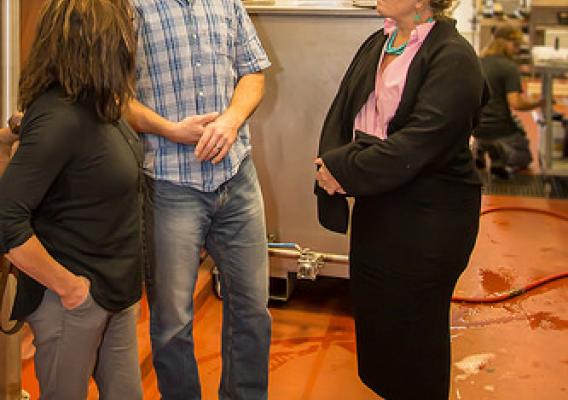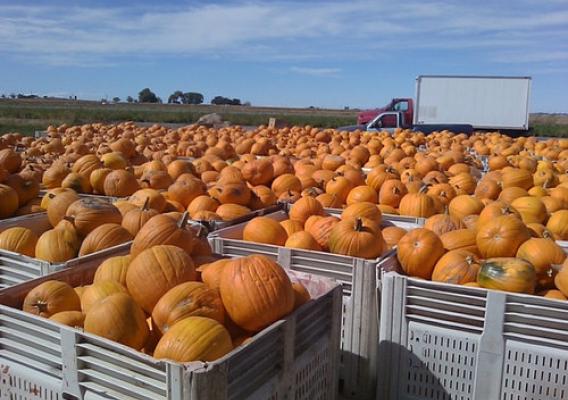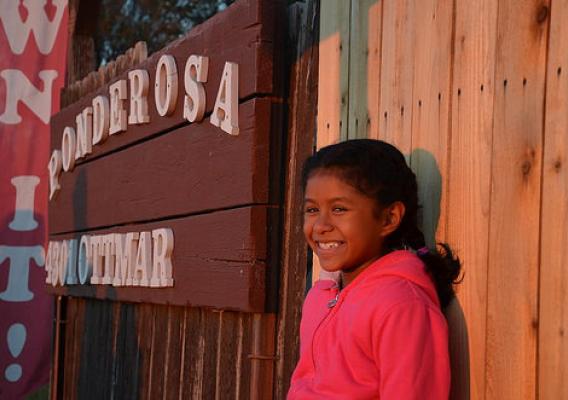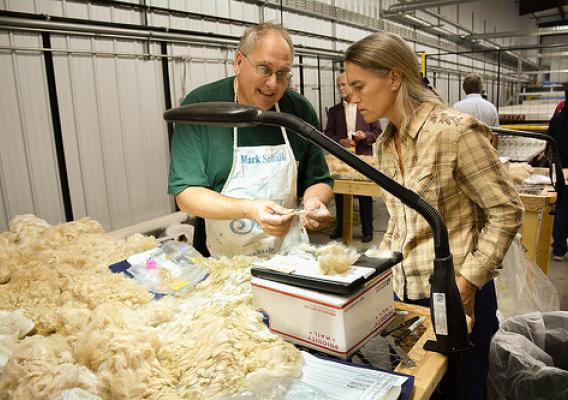NOTE: This week on the USDA Blog, we’ve been featuring the stories of America’s Harvest Heroes who, like farmers across the nation, are working this harvest season to secure the bounty of healthy food American agriculture is renowned for. From laying the foundation for the next generation of farmers putting down roots in rural America, supporting the fruit and vegetable growers who are helping to build healthier communities, bolstering new markets for the products of agricultural innovation, to harvesting renewable energy that is made in Rural America, with USDA’s support our farmers are yielding strong results for every American. This blog focuses on two heroes of a different kind of harvest – clean, renewable energy that is #RuralMade.
I spent some time in Montana earlier this month to attend the Harvesting Clean Energy conference in Billings. We talked about options for continuing to support clean energy development, whether it's bio-based, geothermal, solar, or wind – and how rural America fits in to the picture of clean energy development.










